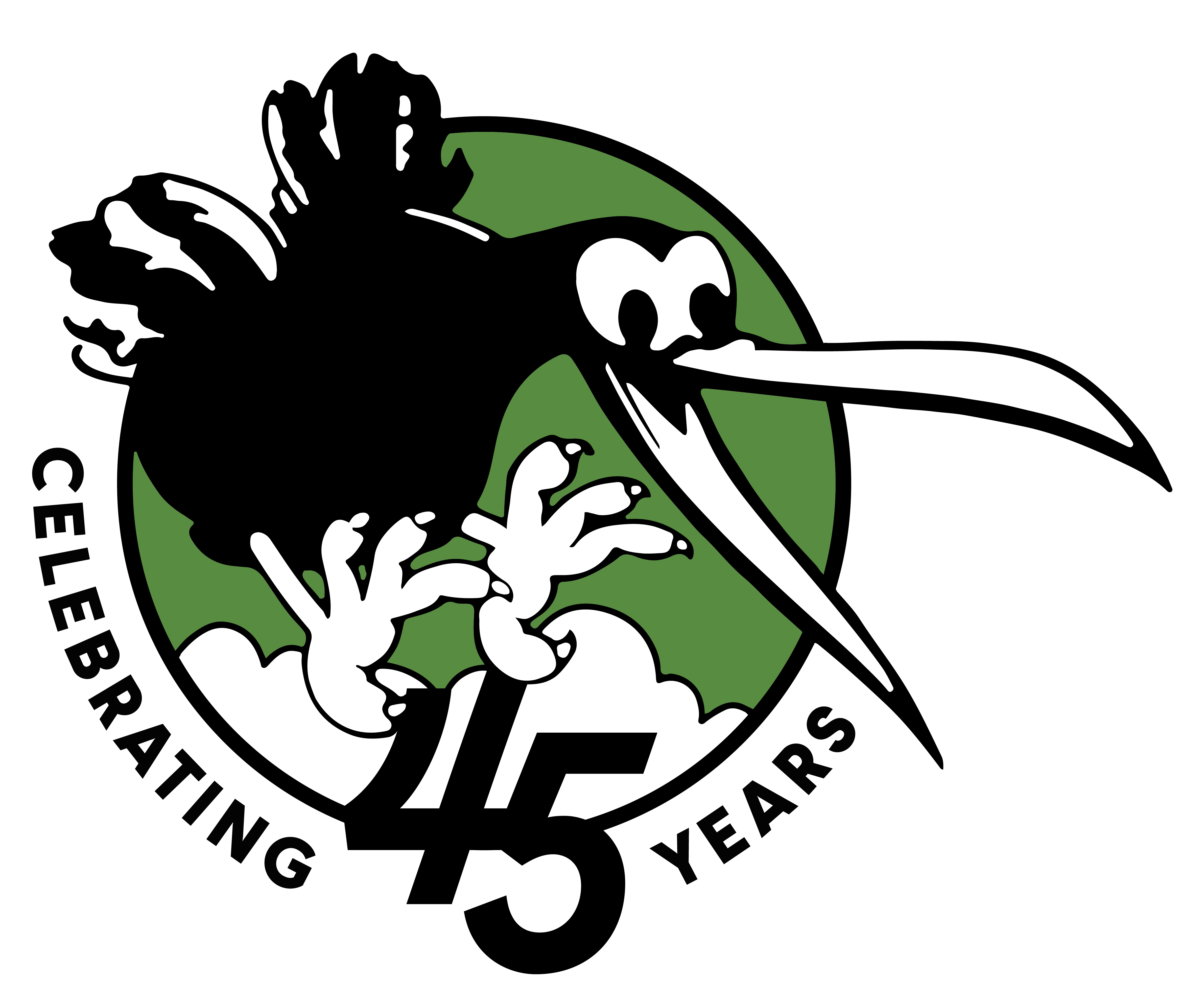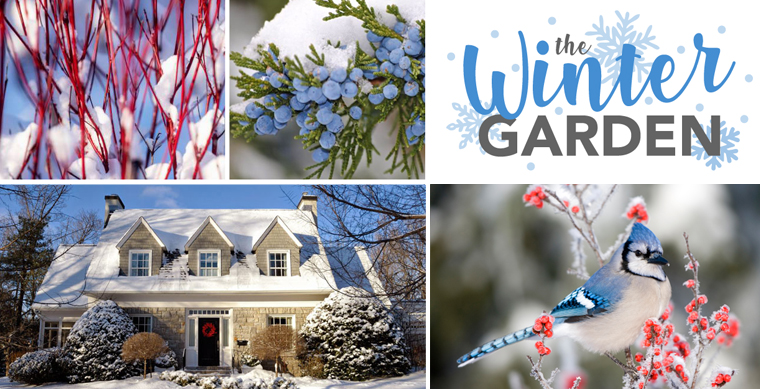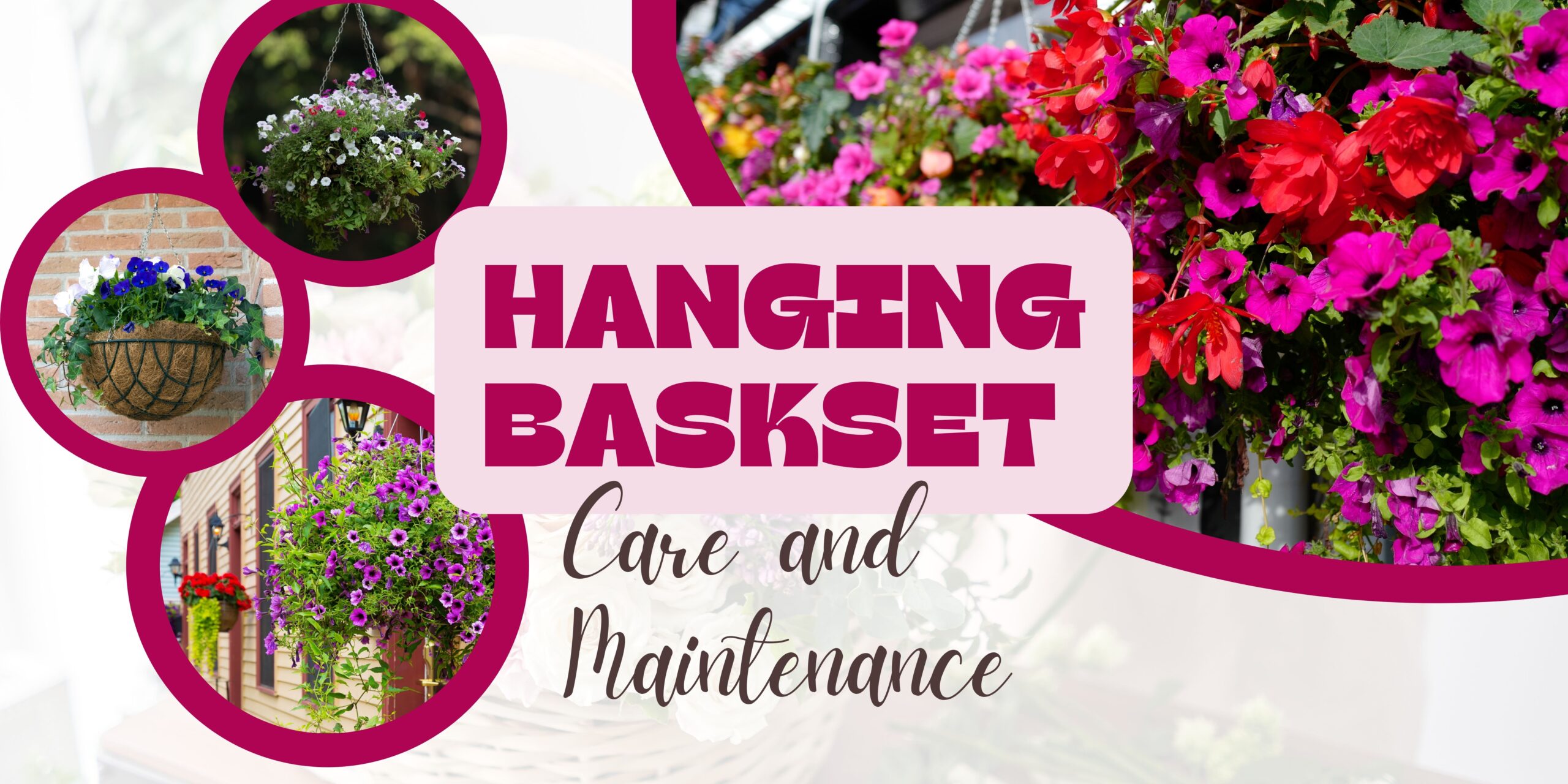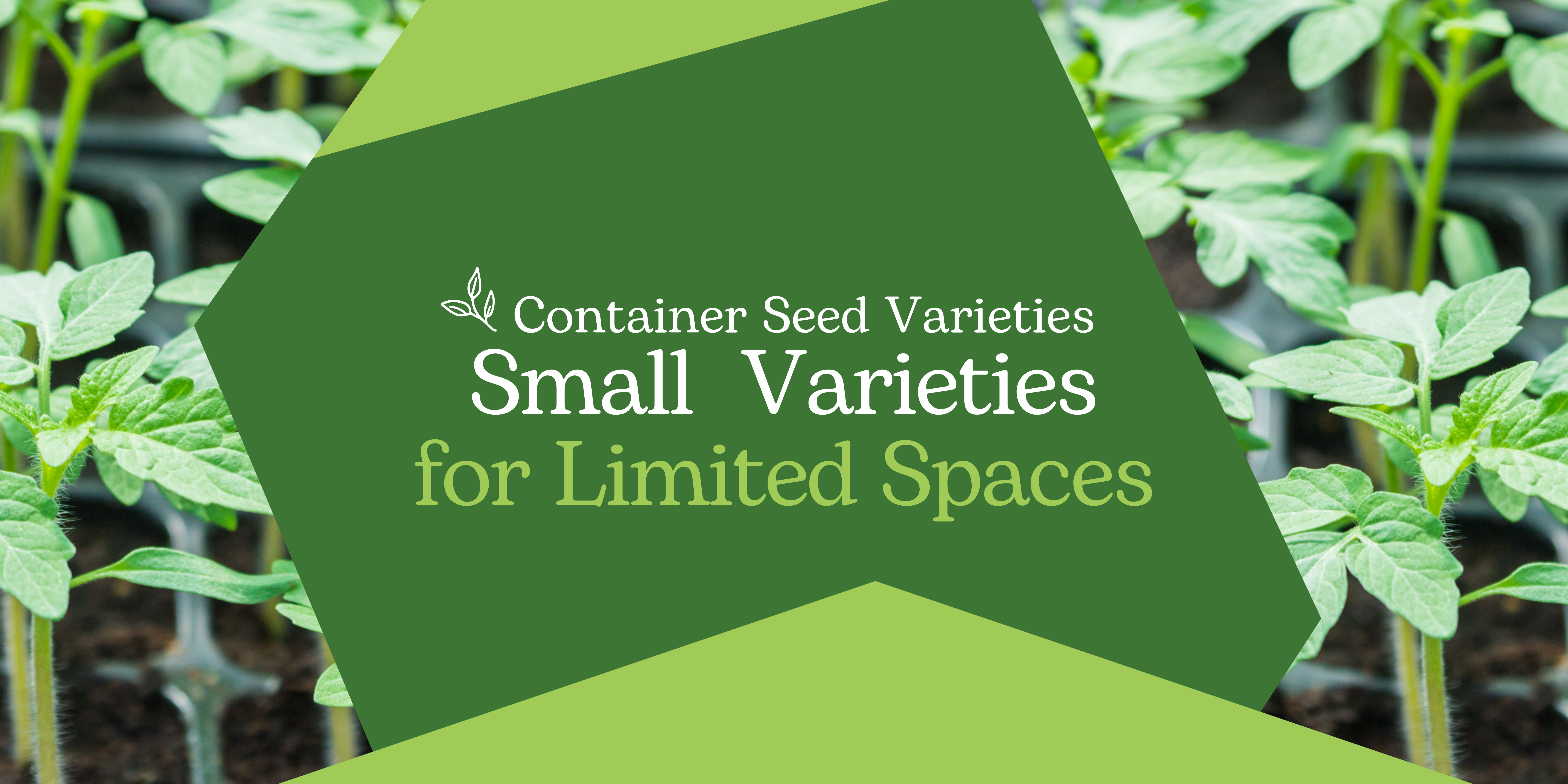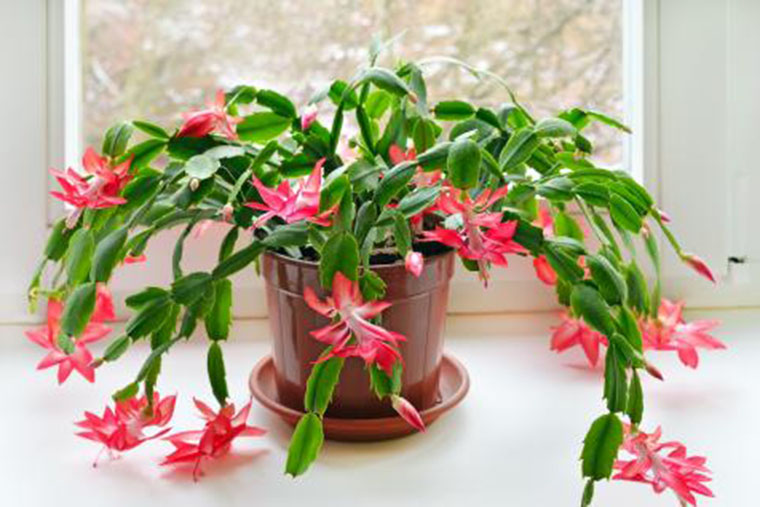The Winter Garden
Here in Alberta we spend a significant portion of our year under a blanket of snow. Planning a winter garden into your landscaping can not only help break up the visual monotony of our long white winters, but it can also encourage us to spend more time outdoors. A winter garden can provide us with an intentional outdoor space that has been planned with our winters in mind. The key to a successful winter garden is choosing plants that offer significant winter interest. These include evergreens, interesting barks, and bright berries that last well into winter. In addition to the right plants, a few extra considerations for how you’d like to be in that space can make all the difference in how well you enjoy it.
Feature Plants
EVERGREENS : Evergreens are trees and shrubs that retain their leaves all year long. They come in a variety of sizes and growing habits, allowing for multiple uses within a garden space. Larger trees can be used to fill empty spaces, balance organic elements with the hardscaping, or create a winter focal point to work from. Smaller evergreens can be used in repetition to create borders or interesting visual patterns. Some varieties also come in top-grafted form, have unusual growth habits, or can be shaped by pruning, these evergreens make great accent plants. Low growing evergreens with a spreading habit can be used to add interest in otherwise empty beds or around hardscaping features. Most varieties have colours that range from deep emerald greens to silvery blues. Evergreens are the most commonly used plant in a winter garden for their ability to keep the landscape green even in the depths of winter. For specific evergreen recommendations see our Winter Interest – Evergreens plant list.
BARKS : Barks are often overlooked, but several species have distinctive trunks and branches that can add a great deal of colour and texture to your winter garden. Some species have red, yellow, and purple smooth barks that stand out against the white of the snow. Others have coppery and golden barks with interesting peeling textures which can add significant and unexpected interest to your winter views. For the best plants with interesting barks see our Winter Interest – Barks plant list.
BERRIES : We have many fruiting plants native to Alberta and several will hold on to their brightly coloured berries long into winter. Such plants can add an extra pop of colour and additional interest to a winter garden. Some plants will have large clusters of bright berries, while others will have just a smattering. The key to choosing the right berry plant for your space is all in the planning. For the plants which hold on to their berries the longest see our Winter Interest – Berries plant list.
Additional Features
HARDSCAPING : Hardscaping is the term used for nonliving landscape elements. Well planned hardscaping can help create structure amongst your plants. Depending on the size of your outdoor space, hardscaping options can vary greatly. For larger spaces a well placed gazebo or fire pit area can provide a strong focal point and gathering space. For smaller spaces consider things like a trellis, arbor, garden sculpture, or sitting bench to add balance and interesting focal points.
BIRDS : For some, inviting wildlife into their space during the winter months can help bring back a sense of life to an otherwise very quiet and dormant time of year. While everyone has a different comfort level for certain animals, most welcome the sight of birds. In winter, birds are usually attracted to plants with berries for food and evergreens for shelter. A heated bird bath and a bird feeder will surely seal the deal for any prospective feathered friends.
Winter Garden Planning
The best time to plan a winter garden is in winter. Since most plants have gone dormant and we spend much of the season under a thick blanket of snow, we need to think about winter planning a little differently. Take some time this winter and observe your current landscape over the season. Identify where you might like to spend more time outdoors during winter and which views might be improved by a winter garden. An ideal winter garden is one that can be enjoyed while both outdoors and indoors. There are three primary vantage points to consider when planning your winter garden space.
WINDOW VIEWS : Perhaps the most important are the views from within your home. Since we are spending more time indoors, our window views are our primary connection to nature. This is where a carefully planned winter garden can have the greatest impact. It can also the best way to get ourselves outdoors more. Imagine looking out your window and seeing an inviting winter wonderland beckoning you to come out for some fresh air.
TRAVELLED PATHWAYS : Depending on the location of your winter garden, there may be the opportunity to create a lovely pathway to follow as you make your way out to your winter garden space. This can create additional enjoyment as you move about outdoors and add to the overall experience of having a winter garden.
WITHIN THE GARDEN : Lastly, think about how you want to be in the space. Do you want a siting area or an area you can walk around appreciating the different plants and views? Do you want a place to observe wildlife or meditate in the fresh air. Do you want a place you can gather with friends? Consider what you’ll do in the space, where you’ll be and what you’d like to see.
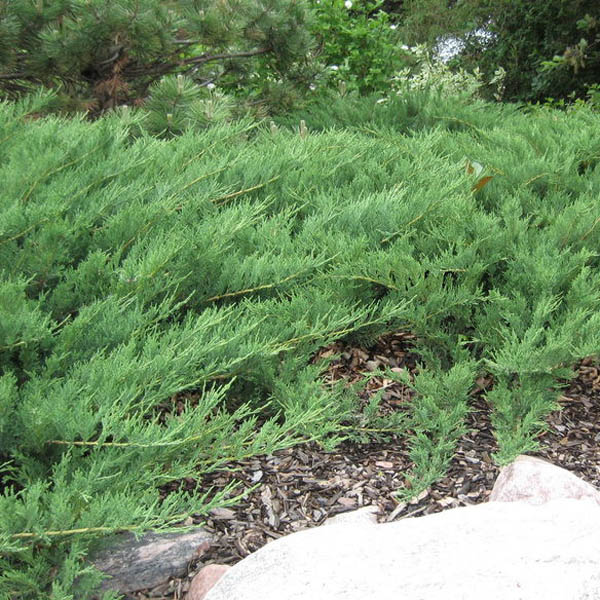
Blue Danube Juniper
Juniperus sabina ‘Blue Donau’
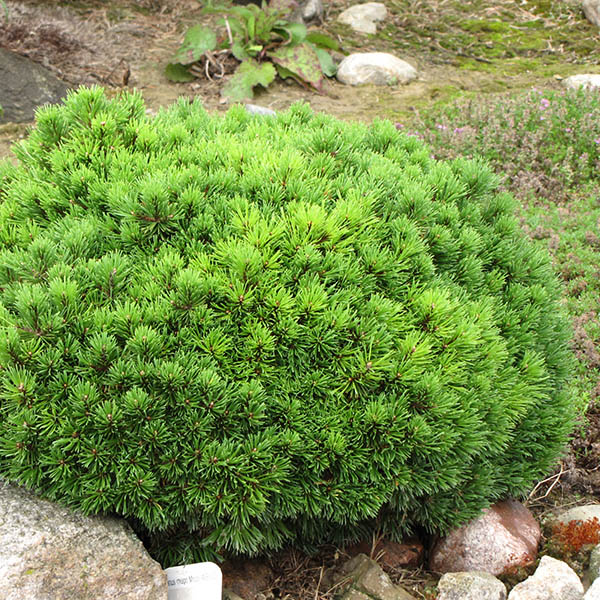
Mops Mugo Pine
Pinus mugo ‘Mops’
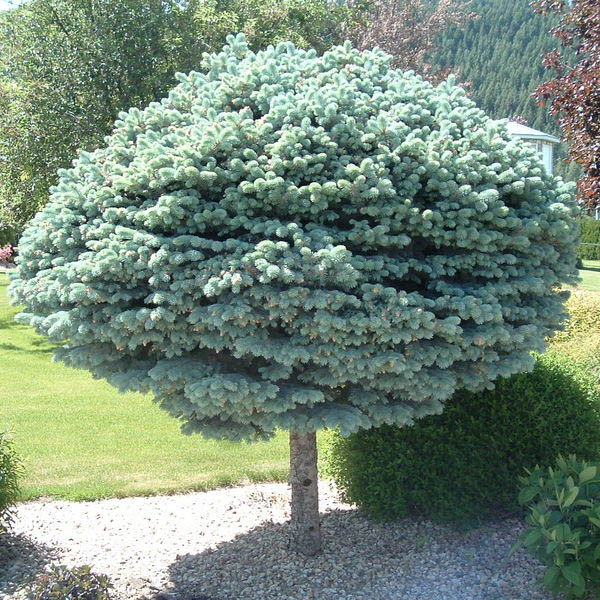
Blue Globe Spruce
Picea pungens glauca ‘Globosa’
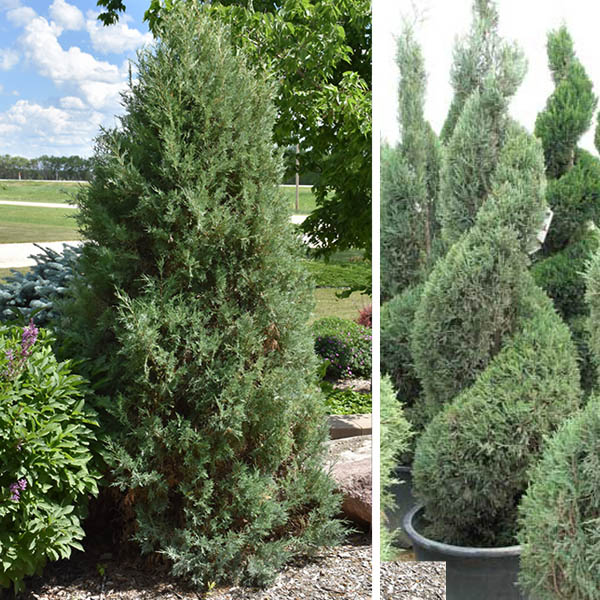
Medora Juniper
Juniperus scopulorum ‘Medora’
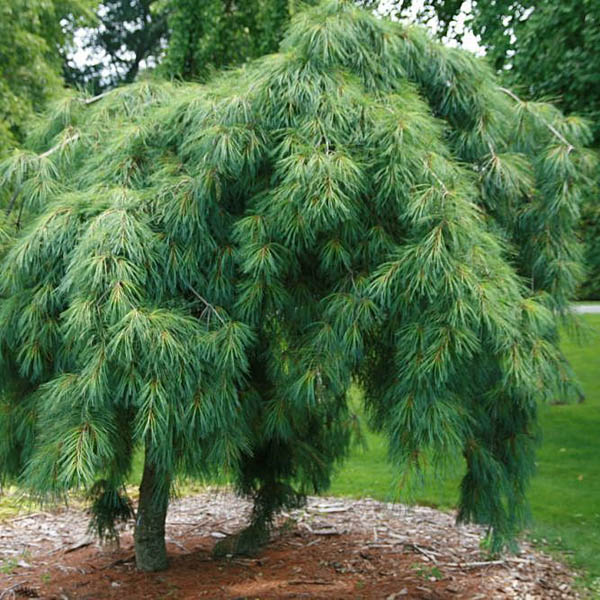
Weeping White Pine
Pinus strobus ‘Pendula’
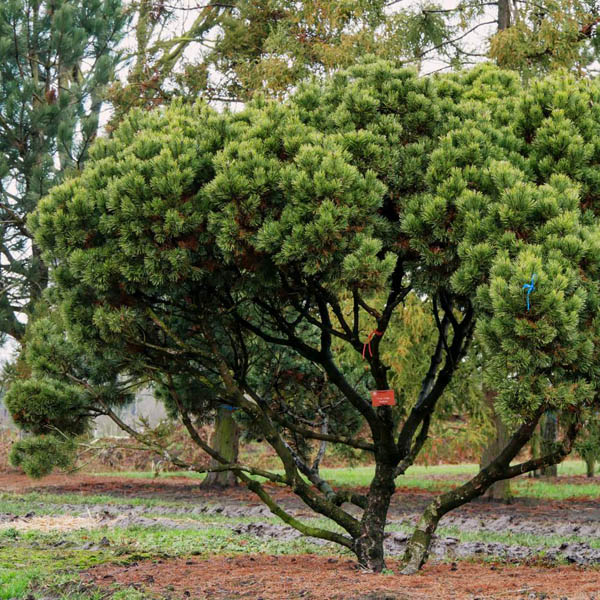
Mugo Pine
Pinus mugo
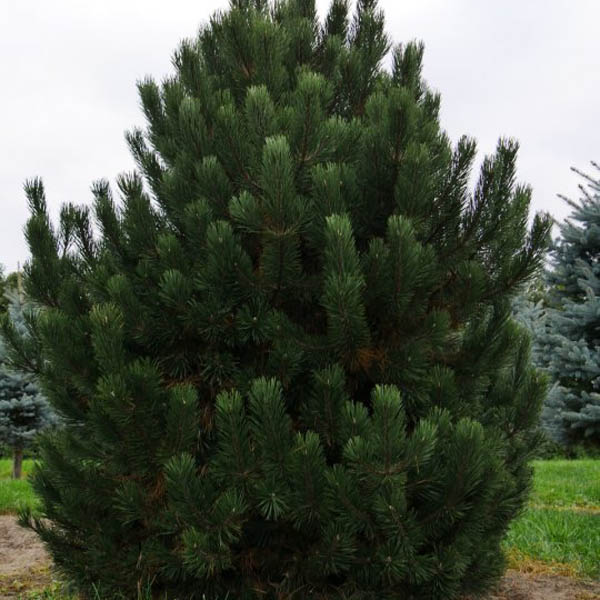
Mountain Pine
Pinus mugo uncinata
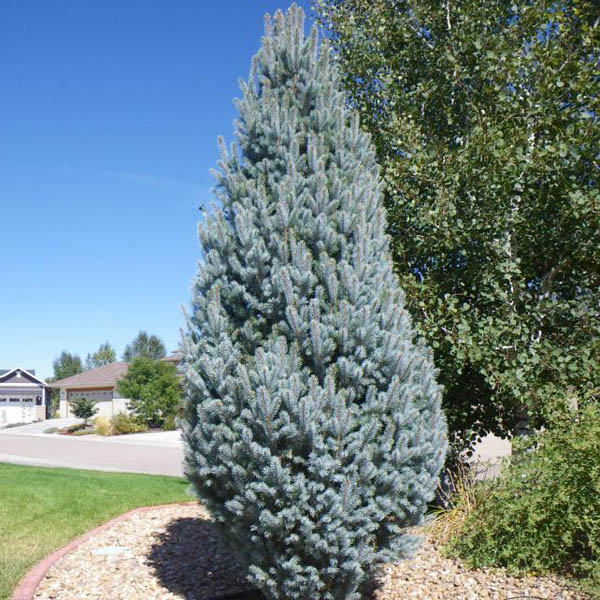
Columnar Blue Spruce
Picea pungens ‘Fastigiata’
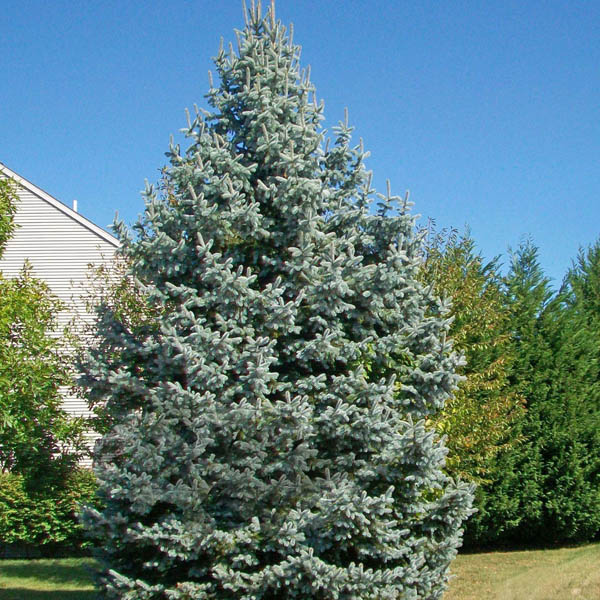
Baby Blue Eyes Spruce
Picea pungens ‘Baby Blue Eyes’
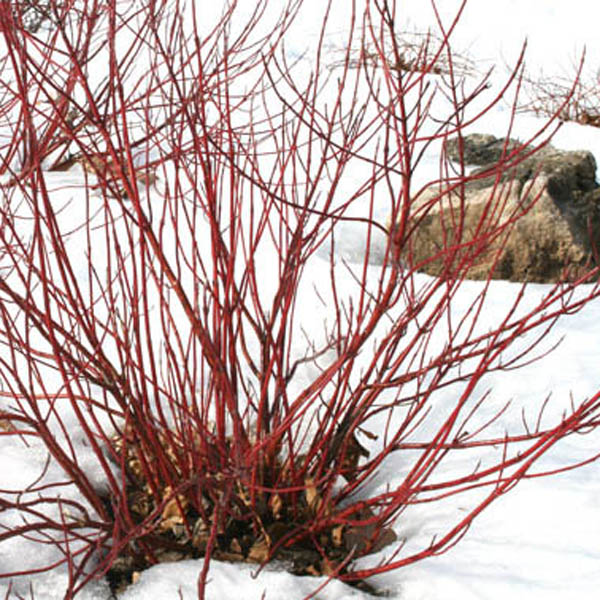
Ivory Halo Dogwood
Cornus alba ‘Bailhalo’
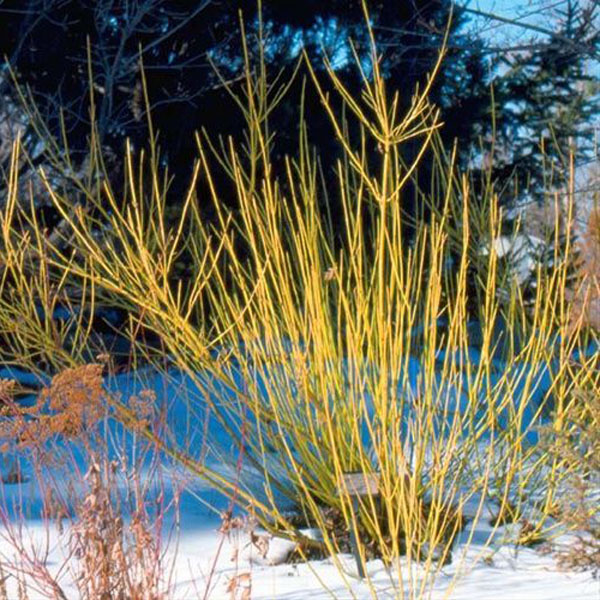
Bud’s Yellow Dogwood
Cornus sericea ‘Bud’s Yellow’
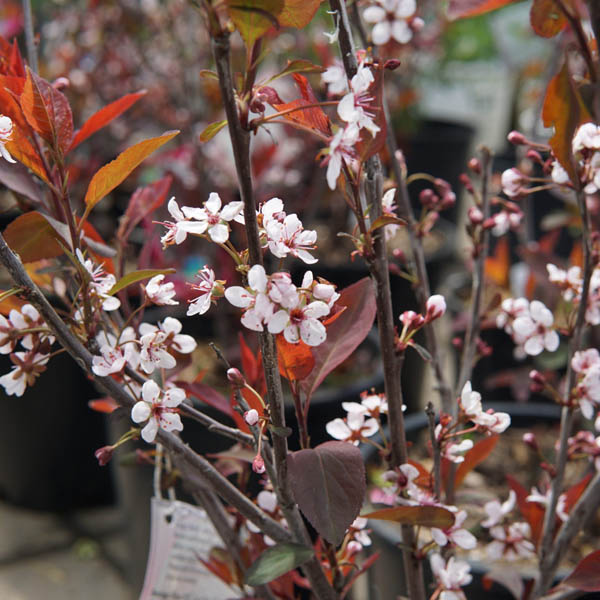
Purple Leaf Plum/Sand Cherry
Prunus x cistena
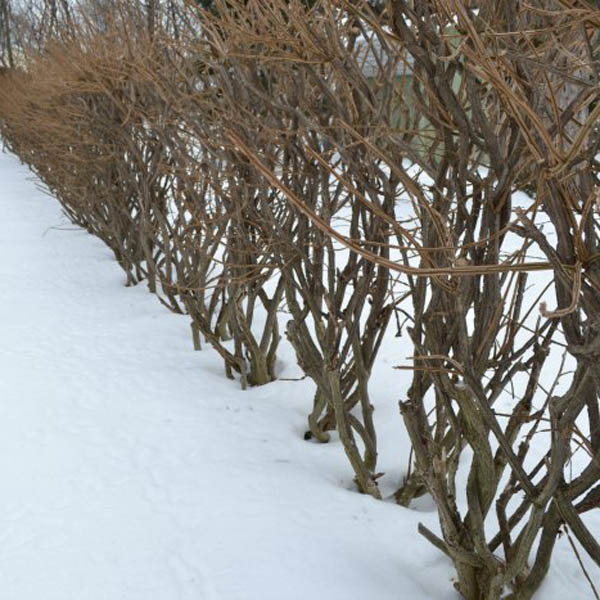
Winged Burning Bush
Euonymus alatus
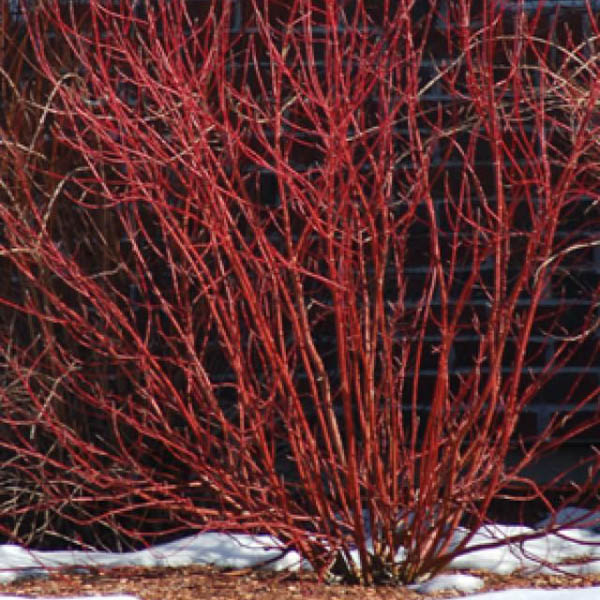
Bailey Red Twig Dogwood
Cornus sericea ‘Baileyi’
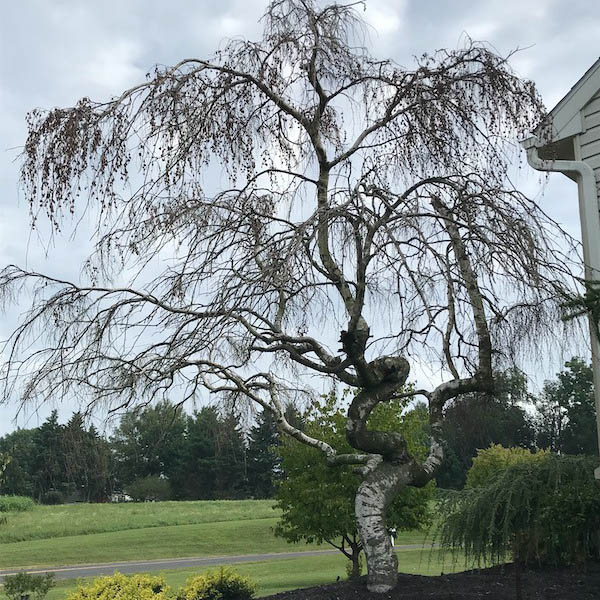
Young Weeping Birch
Betula pendula ‘Youngii”
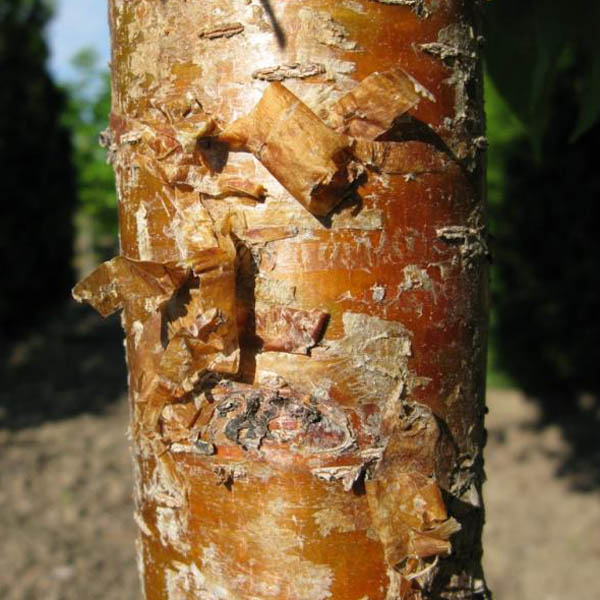
Goldspur Amur Cherry
Prunus maackii ‘Jefspur’
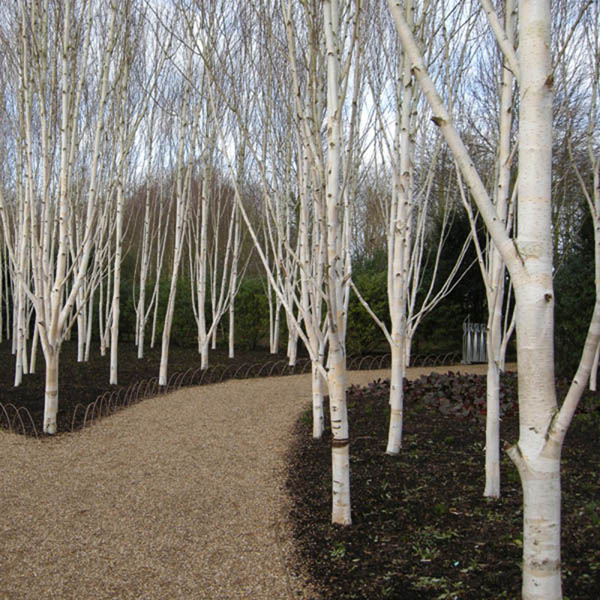
Parkland Pillar Birch
Betula platphylla ‘Jefpark’
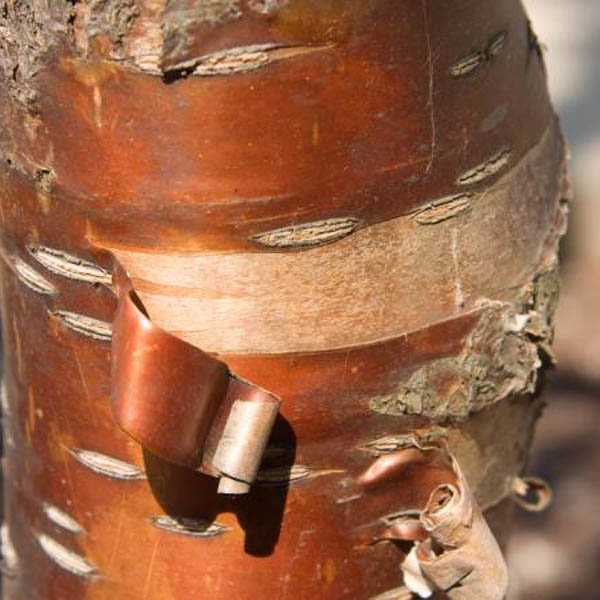
Amur Cherry
Prunus maackii
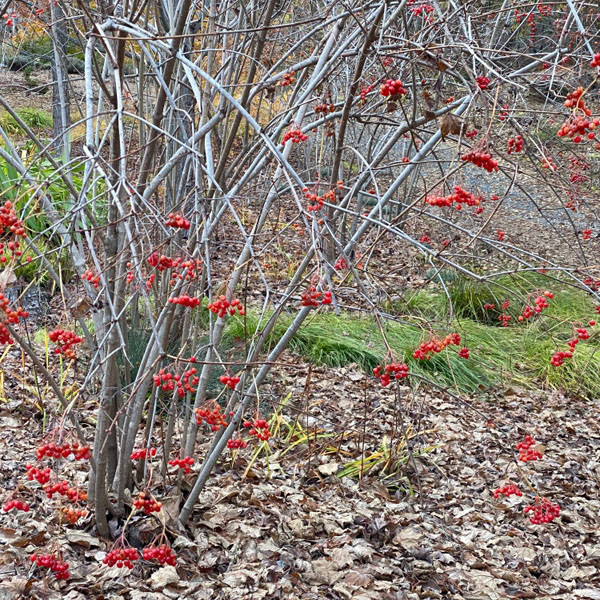
Bailey Compact American Cranberry
Viburnum trilobum ‘Bailey Compact’
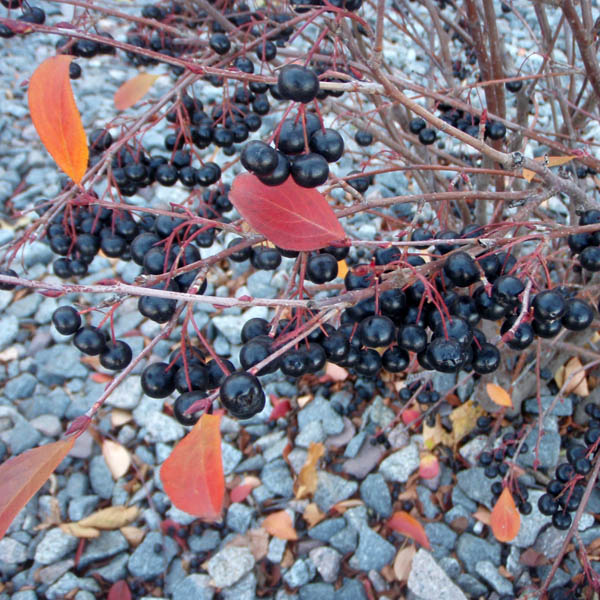
Autumn Magic Black Chokeberry
Aronia melanocarpa ‘Autumn Magic’
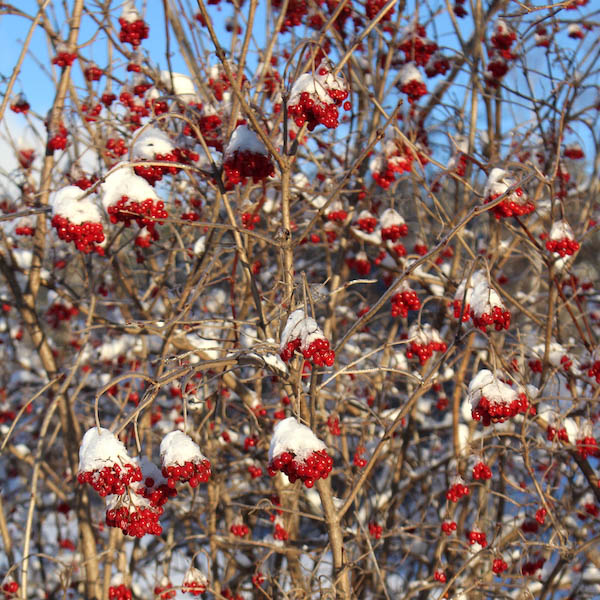
American Highbush Cranberry
Viburnum trilobum
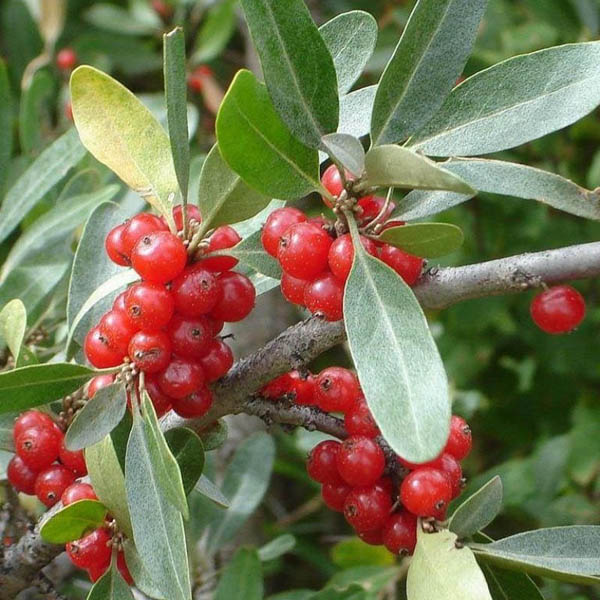
Silver Buffaloberry
Shepherdia argentea
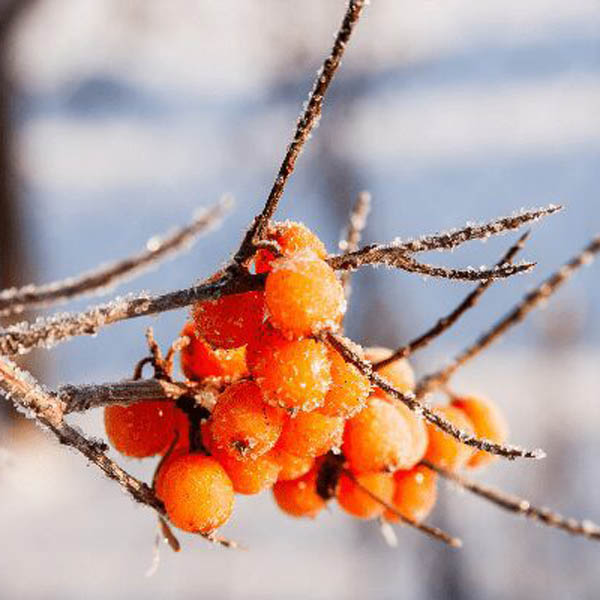
Sea Buckthorn
Hippophae rhamnoides
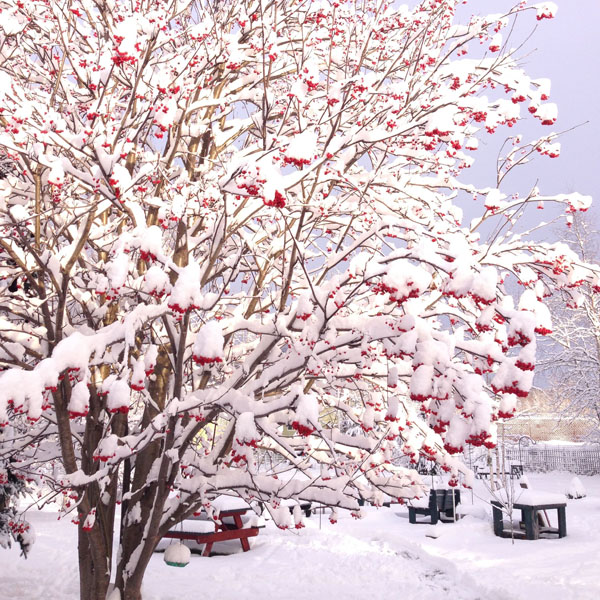
Showy Mountain Ash
Sorbus decora
 |
| 